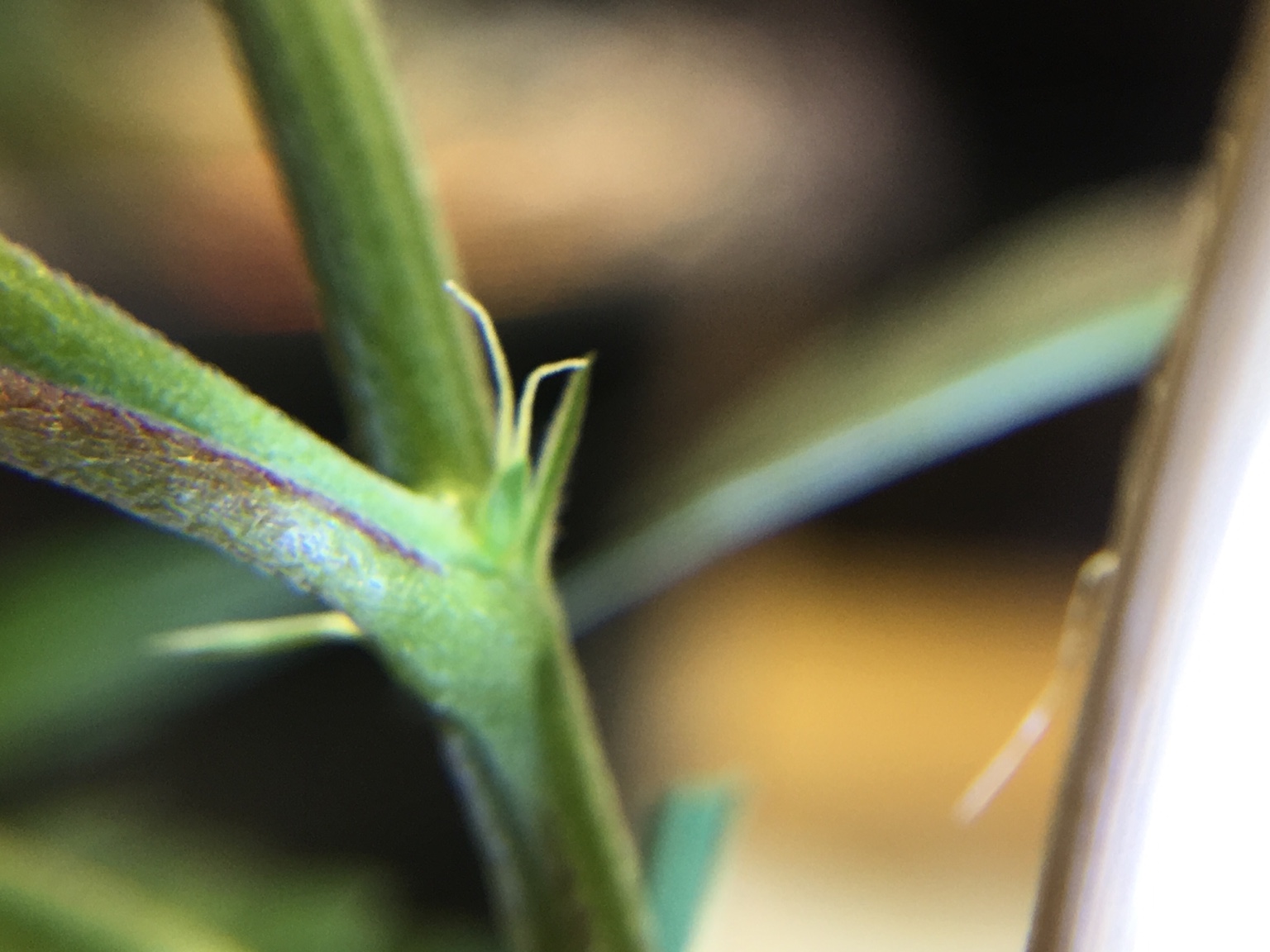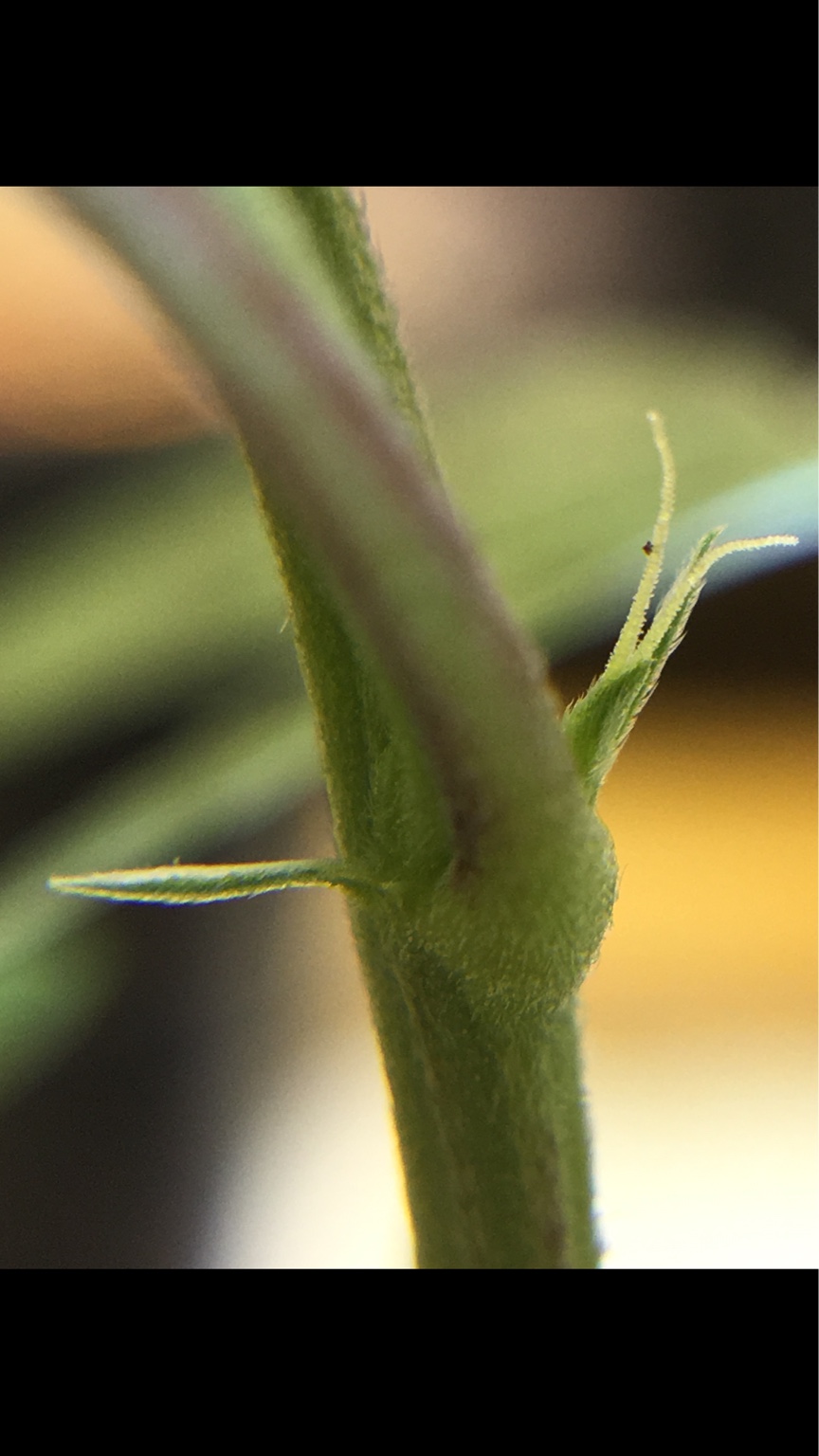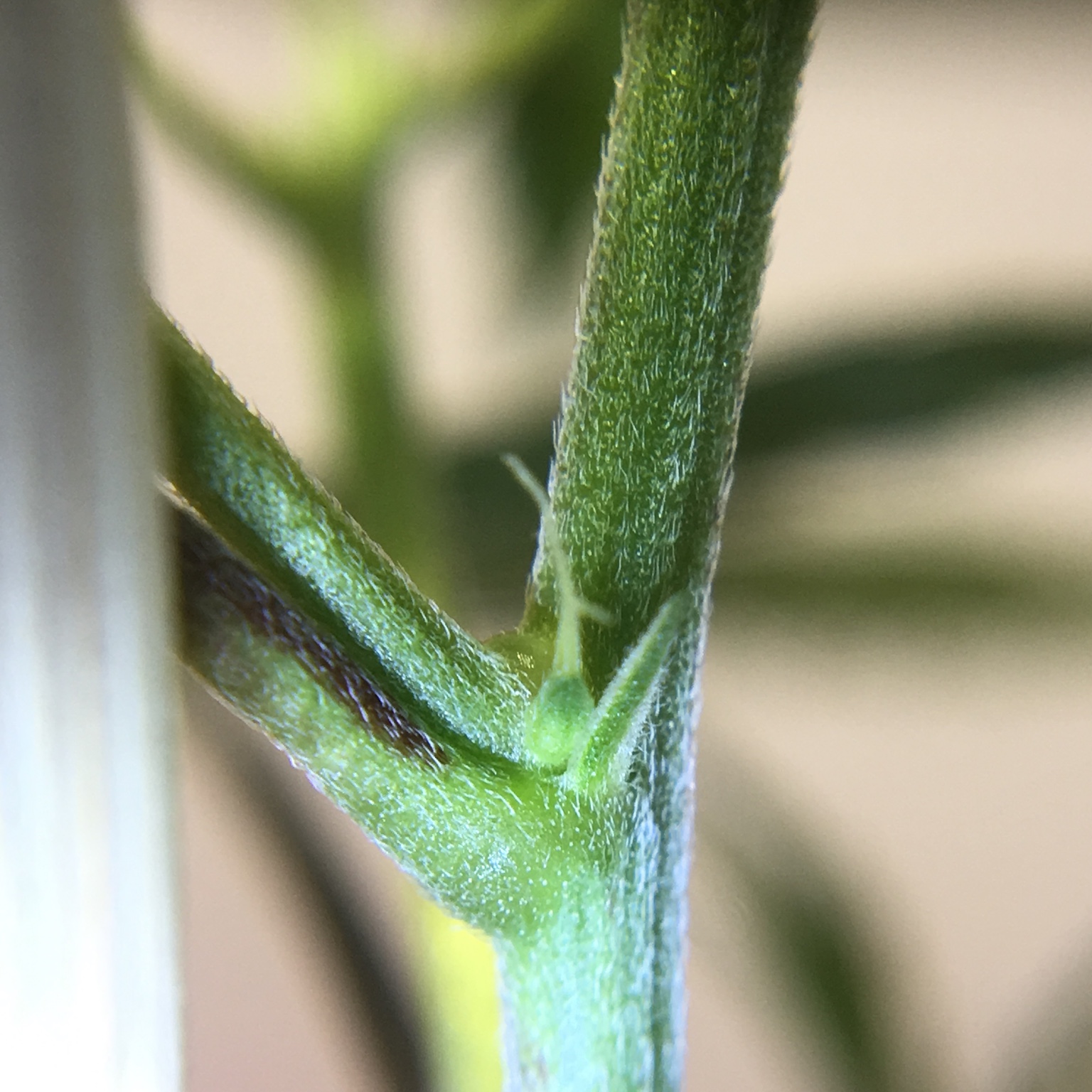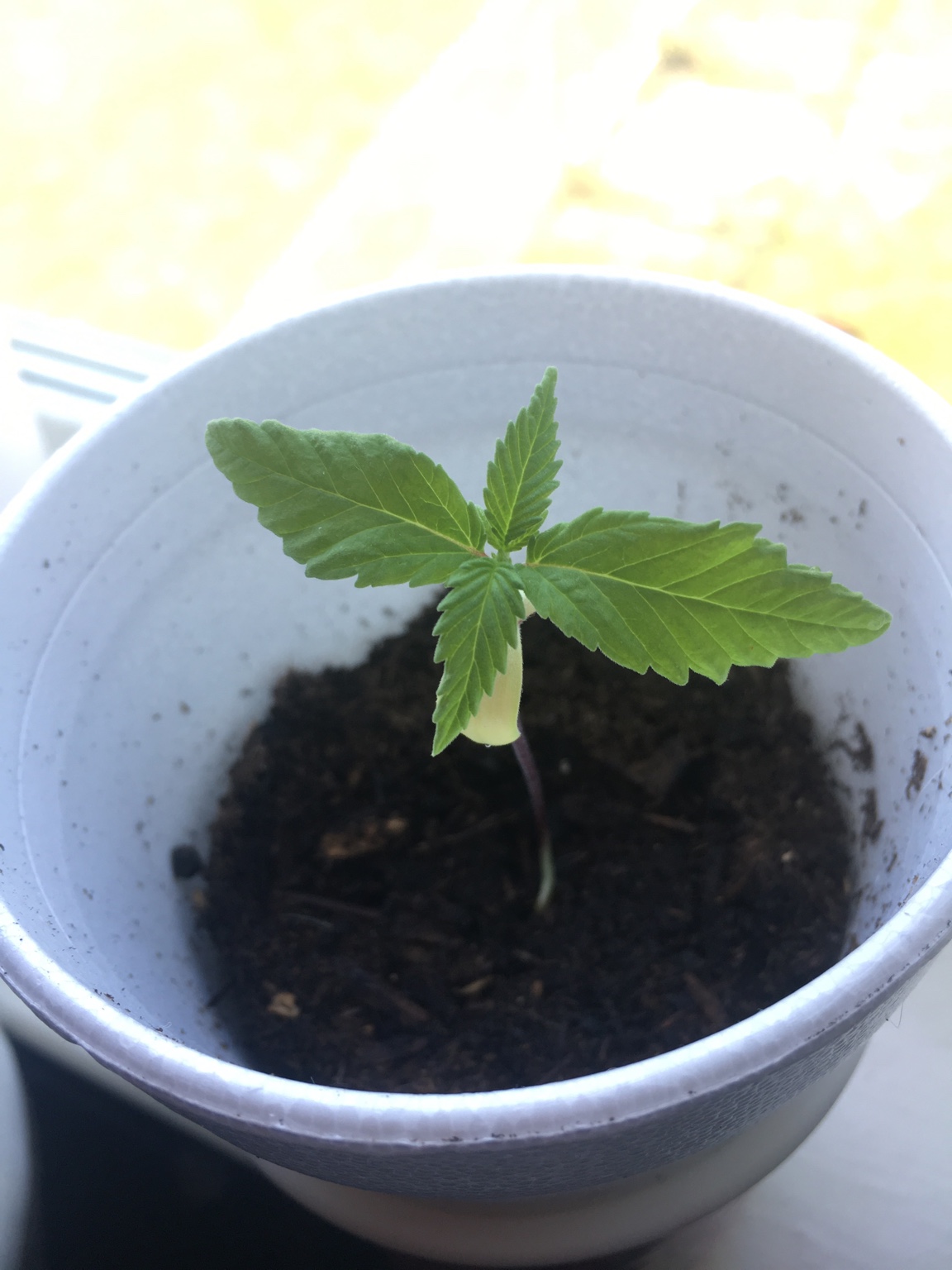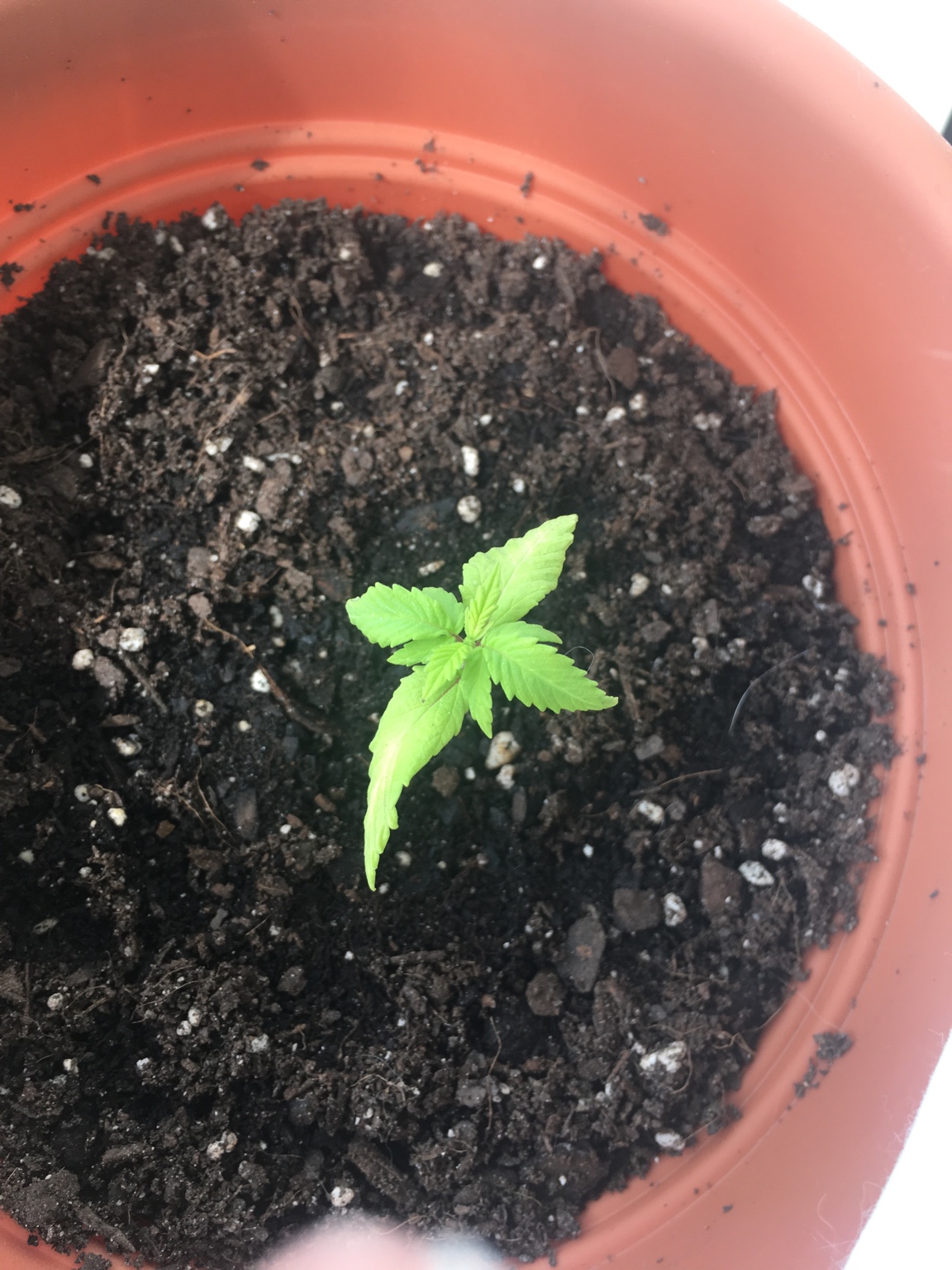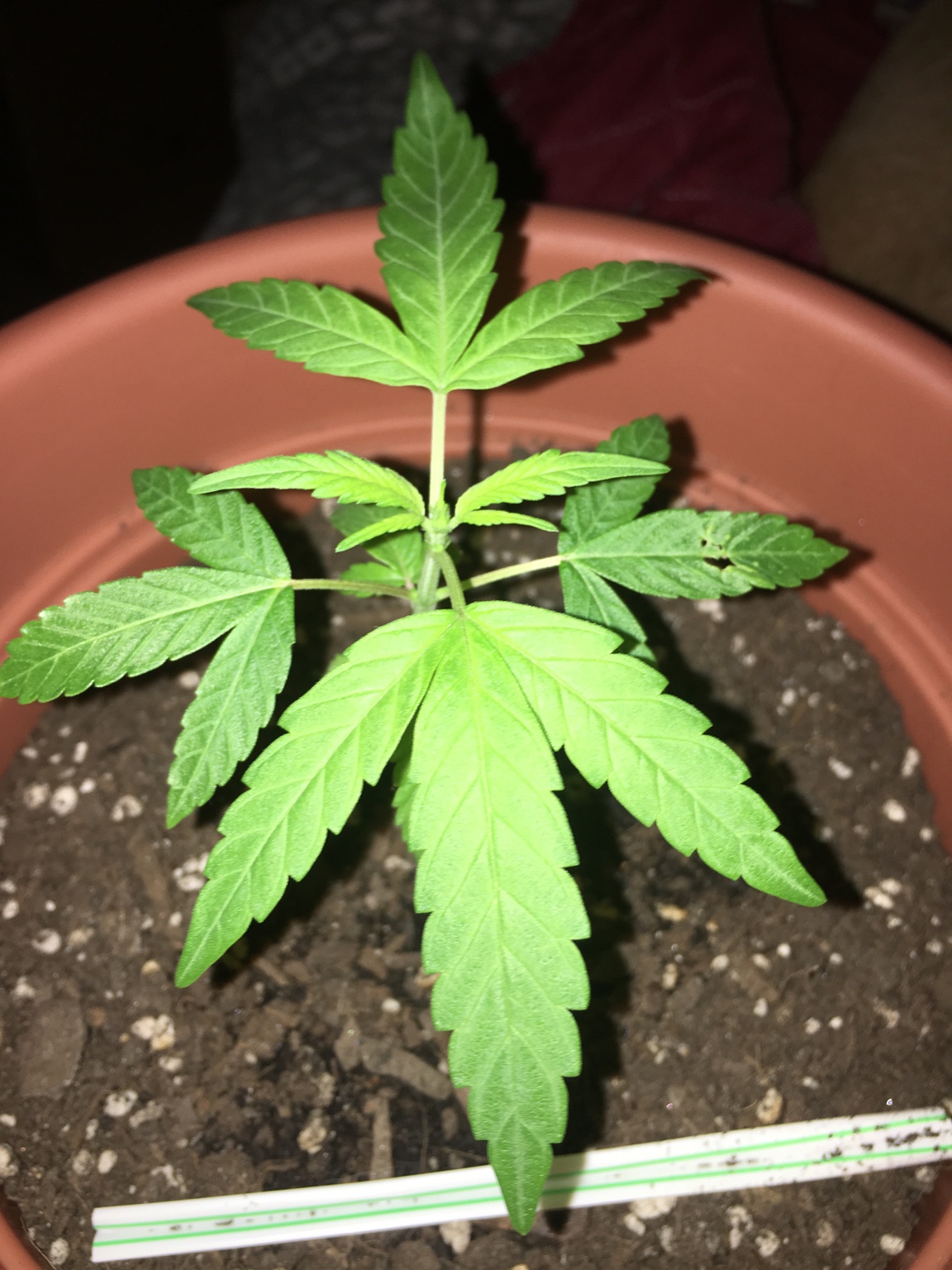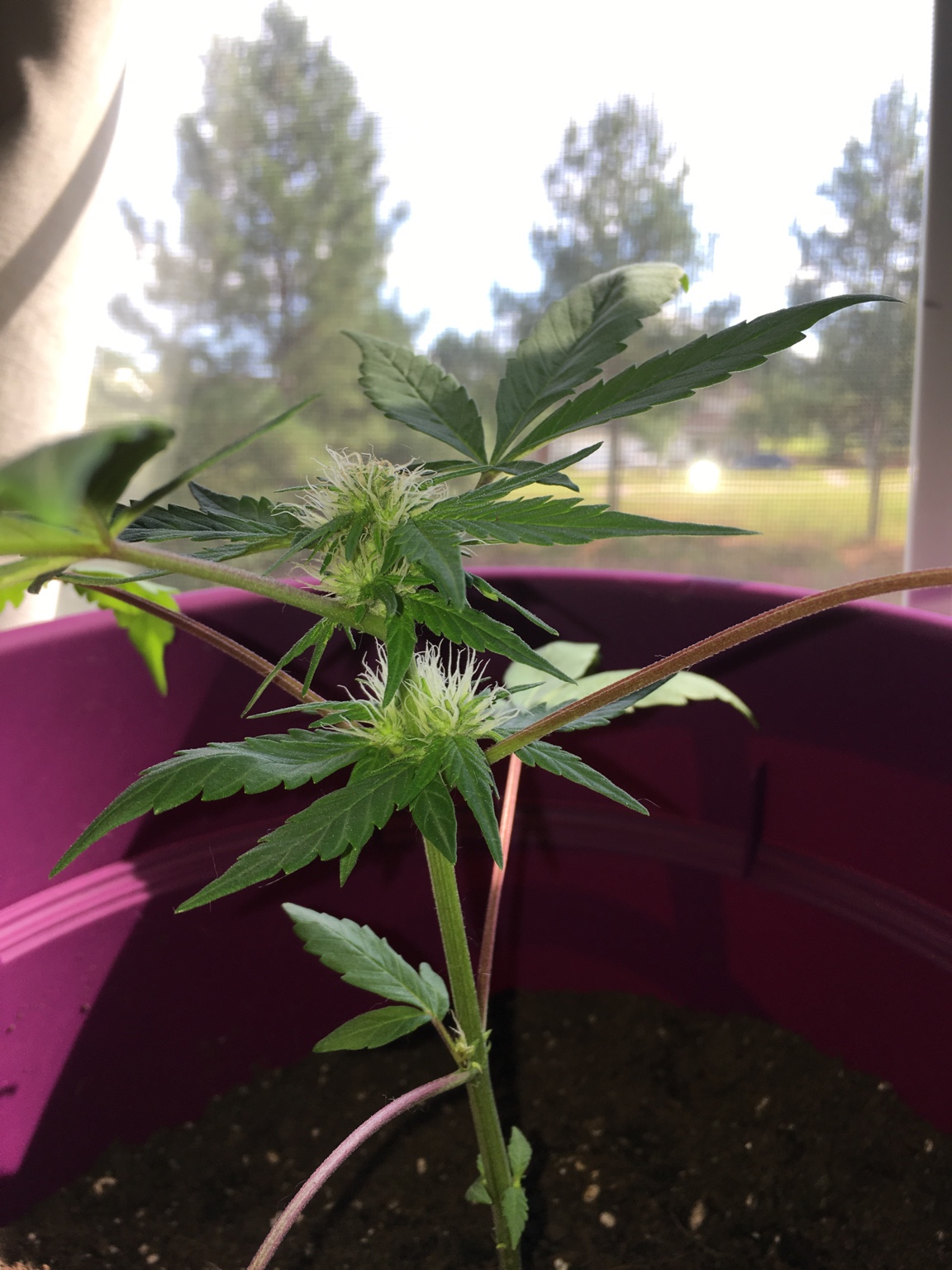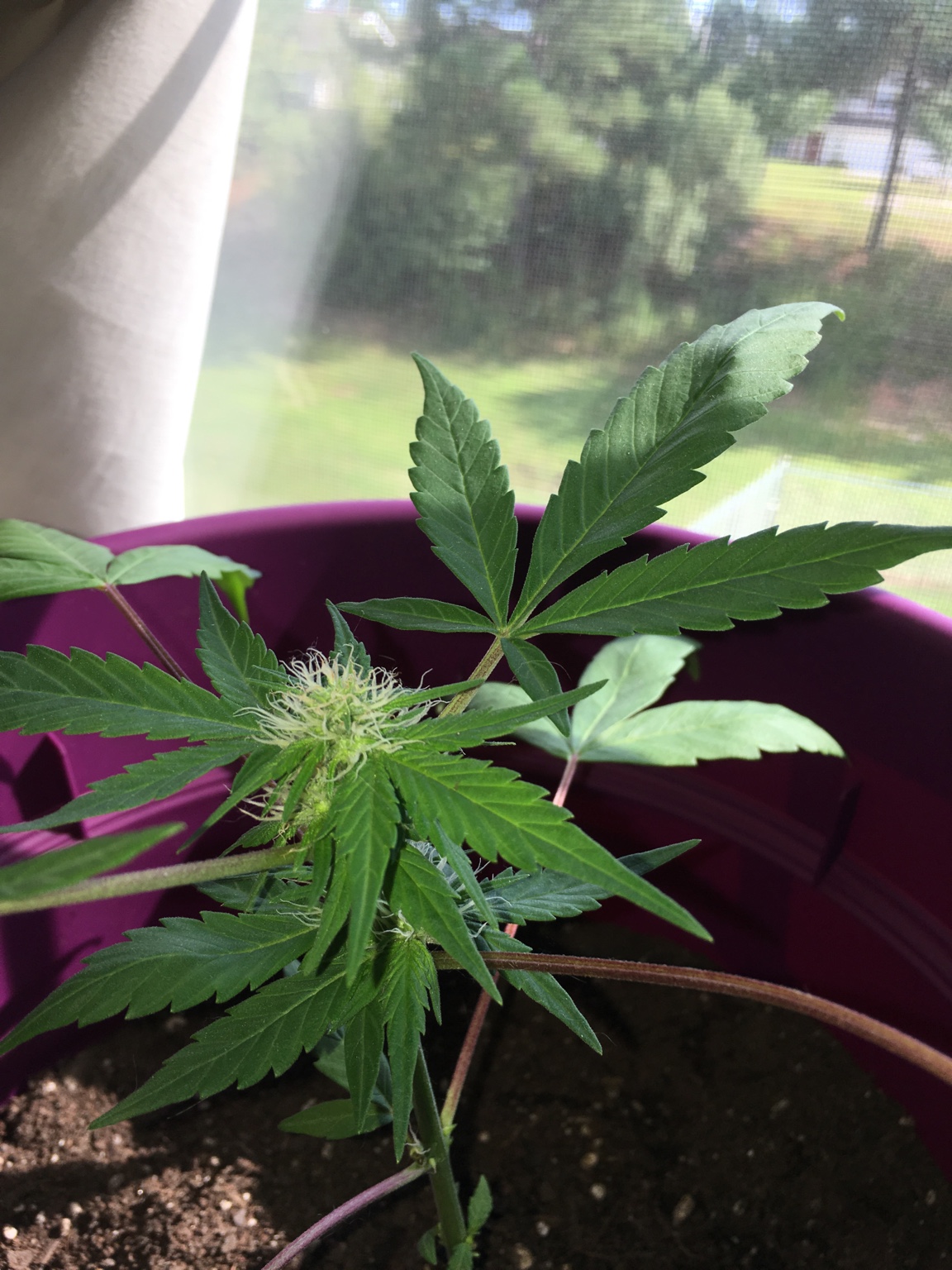Smokin Moose
Fallen Cannabis Warrior & Ex Moderator
While this may appear to be a very basic question it is in actuality a very complex topic.
Traditional soils have five basic components:
* Air
* Water
* Mineral Particles
* Organic Matter
* Biology
Air:
Soil air refers to the gaseous phase of soil which is neither liquid nor solid. It is estimated that 25% of any given soil is composed of air that is a gaseous medium.
Water:
Soil Water or Soil Solution is the liquid phase of the soil. Soil water contains dissolved salts and chemicals (in the form of ions) that are free-floating and not attached to any solid particles (mineral surfaces). Water also comprises an estimated 25% of any given soil sample.
Mineral Particles:
The mineral part of soil is composed of varying amounts of sand, silt, and clay. On the whole these particles are not derived from materials that were once living, meaning that the minerals are inorganic. The characteristics of mineral particles greatly influence soil behavior and management needs.
Sand: The soil component sand is mainly small rock fragments and hard minerals such as quartz. It contains few plant nutrients and soils high in sand can be particularly arid due to high drainage low nutrient ratios.
Of the three types of soil particles, sand is the largest in size and provides the following benefits if used as a soil component in moderate amounts:
Improves drainage, aeration, and tilling quality.
Silt: Silt consists of ground up sand and rock minerals. Silt like sand contains few nutrients, but it can have nutrients clinging to its surface.
Silt is between sand and clay in terms of size.
Clay: Clays are aluminum-silicate minerals that also have varying amounts of nutrients important to plants such as potassium, calcium, magnesium, iron, etc. A good part of a soil's native fertility can come from its clay portion.
Clay particles are the smallest of the three soil mineral components and they have a negative charge which makes them attract all positive charged plant nutrients. This helps trace elements stay in the soil rather than being constantly leached away.
Too much clay can result in harder tilling, compaction (Lack of air) & poor drainage.
Organic Matter:
Organic matter in the soil includes plant and animal residues at various stages of decomposition. There are also the cells and tissues of soil organisms and substances synthesised by plant roots and soil microorganisms. It is estimated that organic matter makes up about 5% of most common soils. Despite this small proportion, organic matter has a remarkable effects on soil behavior and crop yields. Organic matter in the soil is frequently in the form of humus, partially decomposed organic matter that has become dark and crumbly and continues decomposing at a slow rate.
Biology:
While not actually a component of soil in the traditional sense, that is, mineral based there is a huge living component of soil. This includes the microorganisms in the soil, the earth worms and the myriad of other living things which help process organic and inorganic matter into soil. If we are to look at soil as a Gestalt then we must include the soil biology.
Here is a good link explaining what soil is which can be used for further reading if desired:
Four Major Components of Soil
If anyone finds any broken links in the FAQ then please do not hesitate to PM the author and get them to update or remove the link/links.
Traditional soils have five basic components:
* Air
* Water
* Mineral Particles
* Organic Matter
* Biology
Air:
Soil air refers to the gaseous phase of soil which is neither liquid nor solid. It is estimated that 25% of any given soil is composed of air that is a gaseous medium.
Water:
Soil Water or Soil Solution is the liquid phase of the soil. Soil water contains dissolved salts and chemicals (in the form of ions) that are free-floating and not attached to any solid particles (mineral surfaces). Water also comprises an estimated 25% of any given soil sample.
Mineral Particles:
The mineral part of soil is composed of varying amounts of sand, silt, and clay. On the whole these particles are not derived from materials that were once living, meaning that the minerals are inorganic. The characteristics of mineral particles greatly influence soil behavior and management needs.
Sand: The soil component sand is mainly small rock fragments and hard minerals such as quartz. It contains few plant nutrients and soils high in sand can be particularly arid due to high drainage low nutrient ratios.
Of the three types of soil particles, sand is the largest in size and provides the following benefits if used as a soil component in moderate amounts:
Improves drainage, aeration, and tilling quality.
Silt: Silt consists of ground up sand and rock minerals. Silt like sand contains few nutrients, but it can have nutrients clinging to its surface.
Silt is between sand and clay in terms of size.
Clay: Clays are aluminum-silicate minerals that also have varying amounts of nutrients important to plants such as potassium, calcium, magnesium, iron, etc. A good part of a soil's native fertility can come from its clay portion.
Clay particles are the smallest of the three soil mineral components and they have a negative charge which makes them attract all positive charged plant nutrients. This helps trace elements stay in the soil rather than being constantly leached away.
Too much clay can result in harder tilling, compaction (Lack of air) & poor drainage.
Organic Matter:
Organic matter in the soil includes plant and animal residues at various stages of decomposition. There are also the cells and tissues of soil organisms and substances synthesised by plant roots and soil microorganisms. It is estimated that organic matter makes up about 5% of most common soils. Despite this small proportion, organic matter has a remarkable effects on soil behavior and crop yields. Organic matter in the soil is frequently in the form of humus, partially decomposed organic matter that has become dark and crumbly and continues decomposing at a slow rate.
Biology:
While not actually a component of soil in the traditional sense, that is, mineral based there is a huge living component of soil. This includes the microorganisms in the soil, the earth worms and the myriad of other living things which help process organic and inorganic matter into soil. If we are to look at soil as a Gestalt then we must include the soil biology.
Here is a good link explaining what soil is which can be used for further reading if desired:
Four Major Components of Soil
If anyone finds any broken links in the FAQ then please do not hesitate to PM the author and get them to update or remove the link/links.



